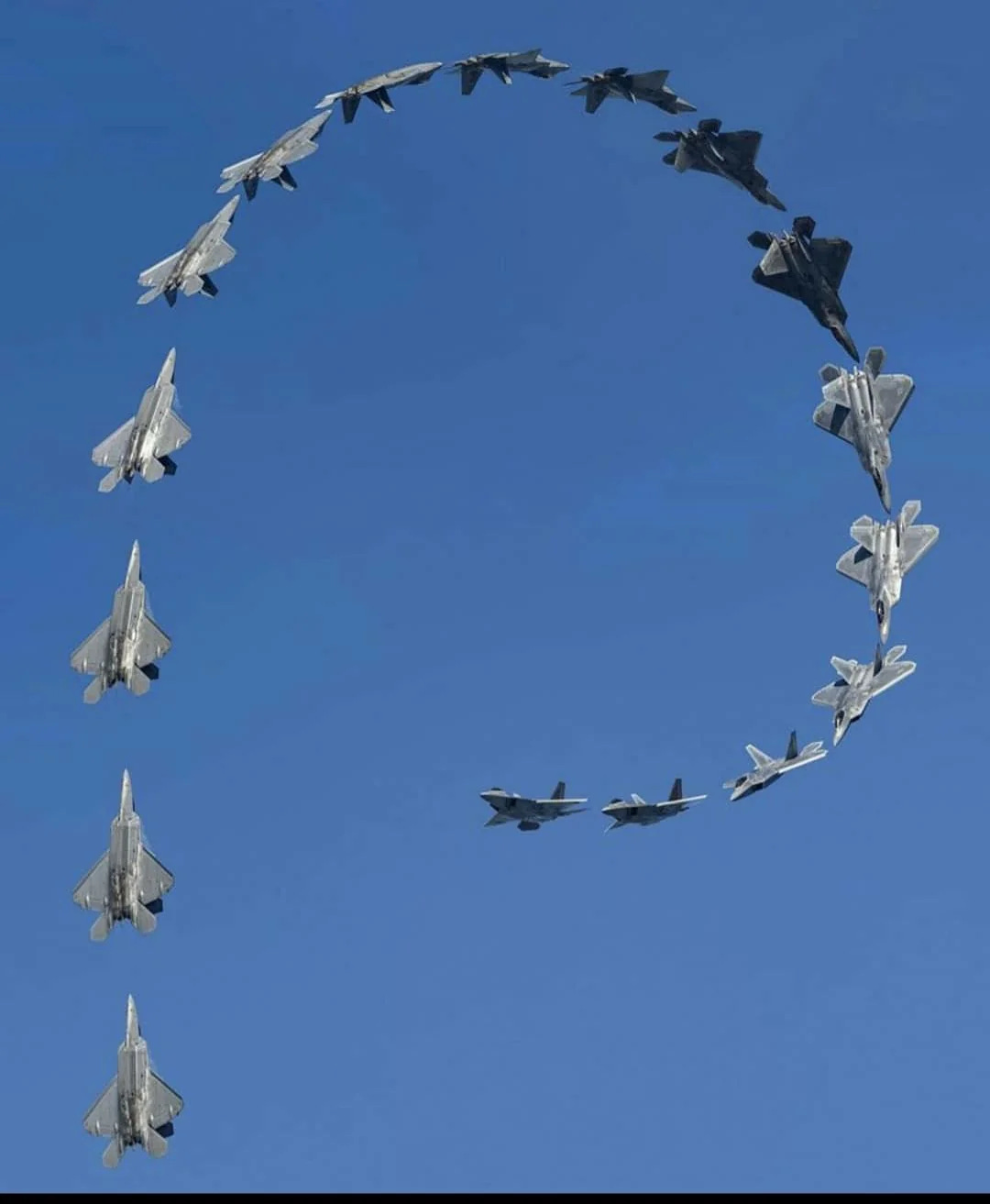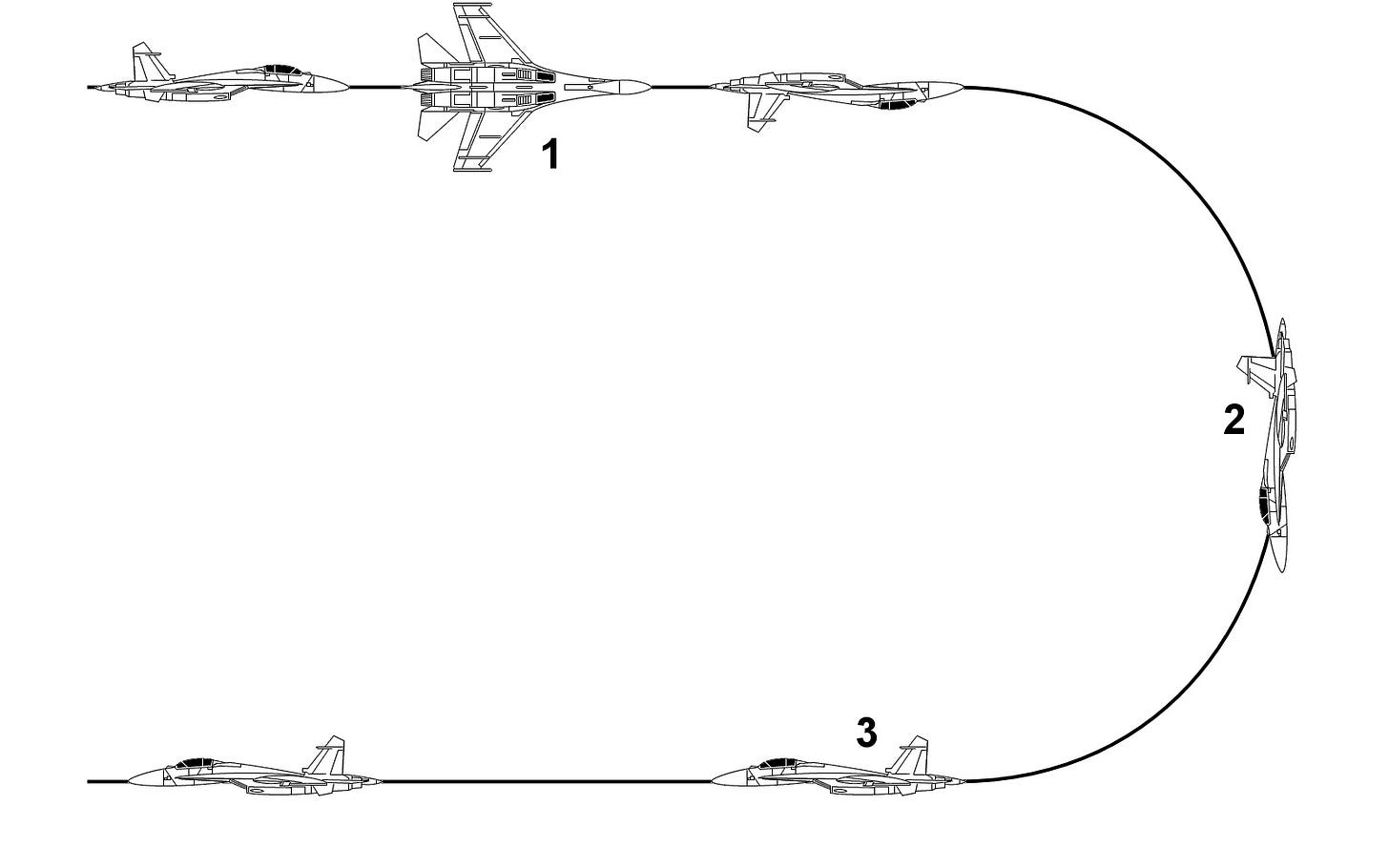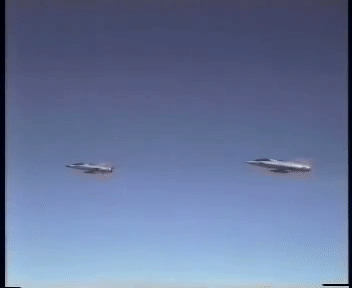Aerobatic maneuvers are an impressive display of a pilot's skill and an aircraft's engineering. Fighter planes are specifically designed to execute complex, high-speed acrobatic maneuvers that are integral to combat scenarios. Conversely, passenger planes and helicopters, designed for entirely different purposes, lack the capability to perform such feats. This article explores the technical aspects of aerobatic maneuvers in fighter planes, the structural and functional reasons passenger planes are not capable of such maneuvers, and the physical constraints that prevent helicopters from mimicking fighter jet aerobatics.
Aerobatic Maneuvers Performed by Fighter Planes
Fighter planes are engineered for agility, speed, and high maneuverability, enabling them to perform a wide range of aerobatic maneuvers. These maneuvers serve various purposes, from evading enemy fire to gaining a tactical advantage in dogfights. Below are some of the most common and significant aerobatic maneuvers:
Loops
A loop is a 360-degree vertical circular motion. The aircraft pitches up to climb vertically, levels out at the top, and descends in a controlled arc. Loops test an aircraft’s ability to maintain thrust and stability under varying angles of attack.
Barrel Rolls

In a barrel roll, the aircraft follows a helical path while rolling around its longitudinal axis. This maneuver combines elements of both a roll and a loop, demonstrating an aircraft’s control and stability in multi-axis rotations.
Immelmann Turn
Named after German World War I pilot Max Immelmann, this maneuver involves a half-loop followed by a half-roll. It allows the aircraft to reverse direction and gain altitude, a tactic often used to escape an engagement or reposition during combat.
Split-S
The Split-S is the inverse of an Immelmann Turn. The aircraft rolls upside down and executes a descending half-loop, effectively reversing direction while losing altitude. It’s used to disengage from combat or evade enemy missiles.
High-G Turns
Fighter planes can execute high-G turns, which involve tight-radius directional changes at high speeds. These turns subject the aircraft and pilot to extreme gravitational forces, often exceeding 9 Gs.
Cobra Maneuver
The Cobra involves the aircraft momentarily achieving an extremely high angle of attack, appearing to "stand" on its tail before resuming normal flight. This maneuver is often used in air shows to demonstrate thrust-vectoring capabilities.
Scissors Maneuver
The scissors maneuver involves a series of tight turns and counter-turns to outmaneuver a trailing aircraft. It’s a tactical maneuver in close dogfights.
Snap Rolls
Snap rolls are rapid, controlled spins performed around the aircraft’s longitudinal axis, showcasing high roll rates and agility.
Why Passenger Planes Cannot Perform Aerobatic Maneuvers Like Fighter Planes
Passenger planes are fundamentally different from fighter jets in their design, purpose, and limitations. While fighter planes are optimized for speed, agility, and combat, passenger planes prioritize safety, stability, and efficiency. Here’s why passenger planes cannot perform aerobatic maneuvers:
A. Structural Design
Passenger planes have large, lightweight airframes designed to maximize fuel efficiency and passenger comfort. These airframes cannot withstand the extreme aerodynamic forces generated during aerobatic maneuvers. Fighter planes, on the other hand, have reinforced structures to handle high G-forces without compromising integrity.
B. Wing Configuration
Passenger planes have fixed, long wings optimized for steady cruising at high altitudes. These wings are not designed for the rapid changes in lift and drag required for aerobatics. Fighter planes use shorter, often delta-shaped or swept wings, enabling higher maneuverability and rapid lift adjustments.
C. G-Force Tolerance
Passenger planes are limited to a G-force tolerance of approximately +2.5 Gs to -1 G. Exceeding this range could cause structural damage and compromise passenger safety. Fighter jets are built to sustain up to +9 Gs or more, allowing for tight, high-speed maneuvers.
D. Stability vs. Agility
Passenger planes are designed with high inherent stability to maintain level flight with minimal input from pilots. This stability makes it difficult to perform sharp or rapid maneuvers. Fighter planes, in contrast, are intentionally designed to be less stable, allowing for quicker directional changes.
E. Passenger Safety and Comfort
Acrobatic maneuvers generate rapid accelerations and changes in orientation, leading to extreme discomfort, potential injury, or even incapacitation for passengers. Fighter jet pilots wear G-suits to manage the physical strain of high-G forces, an arrangement impractical for commercial aviation.
Why Helicopters Cannot Perform Aerobatic Maneuvers Like Fighter Planes
Helicopters operate on entirely different aerodynamic principles than fixed-wing aircraft, which significantly limits their ability to perform aerobatic maneuvers akin to fighter planes. Here’s why:
A. Rotor System Limitations
The rotor system in helicopters creates lift by spinning blades at high speed. This system is not designed for rapid, extreme changes in orientation. Aerobatic maneuvers like loops or high-speed rolls could lead to rotor blade collisions or structural failure due to asymmetry of lift.
B. Low Airspeed
Helicopters have much lower top speeds compared to fighter planes. Many aerobatic maneuvers rely on the momentum generated at high speeds, which helicopters cannot achieve. Their primary advantage lies in their ability to hover and maneuver in tight spaces, not in high-speed aerobatics.
C. Structural Stresses
Helicopters are built to handle relatively low G-forces compared to fighter planes. Subjecting them to the stresses of tight loops or rolls could compromise the rotor assembly, tail boom, or airframe integrity.
D. Tail Rotor Constraints
The tail rotor counteracts the torque generated by the main rotor. During high-speed or high-G maneuvers, the tail rotor might lose effectiveness, leading to uncontrollable yaw and potential loss of control.
E. Pilot and System Limitations
Helicopter pilots and control systems are not equipped to handle the rapid acceleration and high-G forces associated with fighter jet maneuvers. Helicopter controls prioritize stability and precision, not the agility needed for aerobatics.
F. Exceptions: Special Aerobatic Helicopters
Some helicopters, like the aerobatic BO-105 or advanced military models, can perform limited aerobatics, such as rolls and loops. These helicopters are specially designed for agility, with reinforced airframes and advanced rotor systems, but even they cannot match the aerobatic capabilities of fighter planes.
Each type of aircraft is a marvel of engineering, optimized for its specific role. Fighter jets dominate the skies with their breathtaking aerobatics, while passenger planes and helicopters fulfill equally vital roles in transportation and utility with stability and reliability. Hope you enjoyed this article! So next time you see a jet soaring and acrobating through the skies, remember—not all wings are built to dance; your passenger plane is made to glide, not flip!








